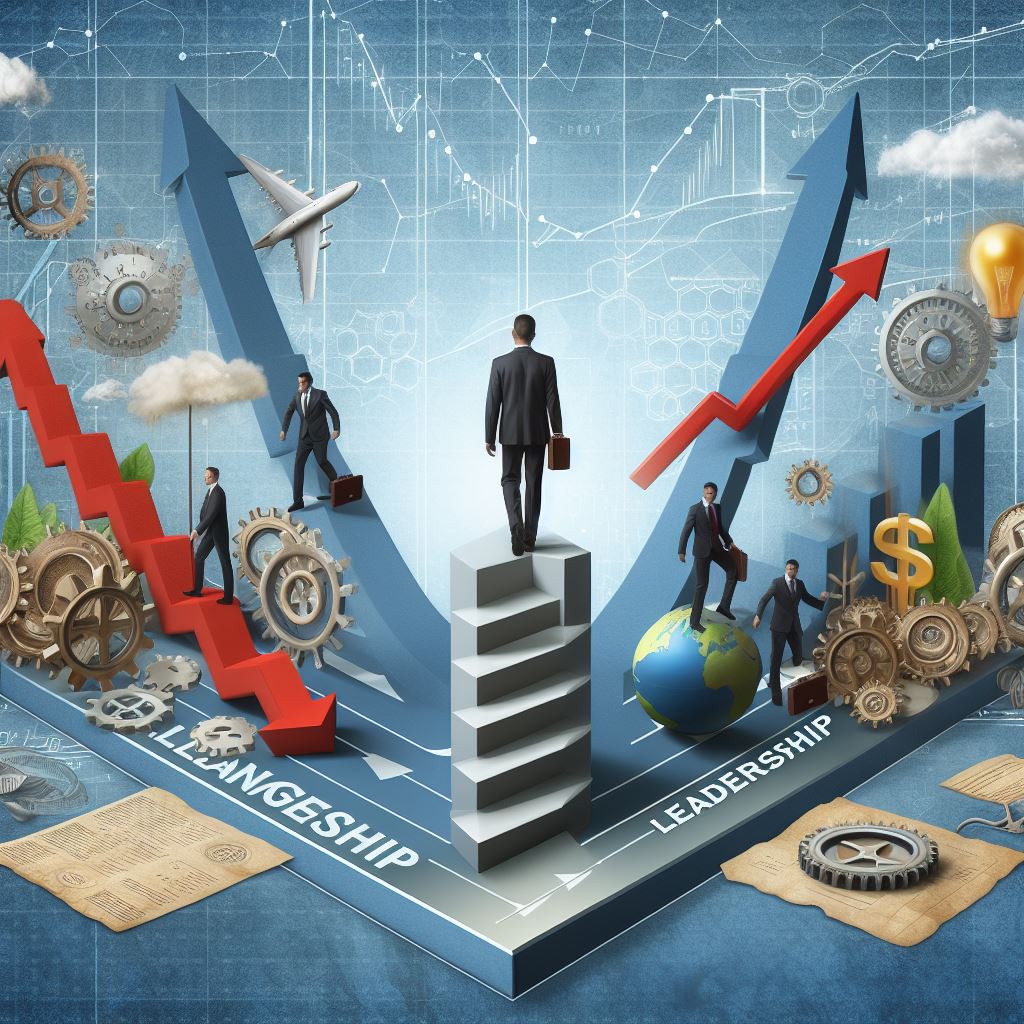| Management | Leadership | |
| Time and devotion | ✔ Management is more 9−5. | ✔ 24 hours a day. ✔ Handles strategic decisions. |
| Roles and responsibility | ✔ Administer day to day operations. ✔ Deal with how and when. | ✔ Accountable for more. ✔ More innovative. ✔ Deal with what and why. |
| Influence on others | ✔ Adhered to due to power. ✔ Focus on tasks. | ✔ Inspire and motivate by example. ✔ Focus on people. |
| Risk taking | ✔ Follow predetermined rules. ✔ Tackles tasks by abiding by policies. | ✔ More radical. ✔ Take risks to move the organisation forward. |
| Vision | ✔ Deal with stable environments. | ✔ Create a culture of hope. ✔ Shine during times of change. |
Management vs. Leadership: An Overview
Understanding the difference between management and leadership is pivotal in the business world. Both play crucial roles in organizations but cater to distinct aspects of operations and strategy.
Time and Devotion
Management: Traditionally viewed as a 9−5 obligation, management focuses on overseeing day-to-day operations, ensuring tasks are completed efficiently within set timelines. It’s about maintaining order and consistency within established parameters.
Leadership: Leadership transcends the conventional work hours, embodying a commitment that extends beyond the office. Leaders are dedicated to strategic decision-making and innovation, constantly thinking about the future and ways to inspire their teams toward shared visions, regardless of the time of day.
Roles and Responsibility
Management: Managers administer the daily operations of an organization. They focus on the “how” and “when” of tasks, ensuring that the company’s systems and processes run smoothly. Their role is to implement the existing policies and plans with a focus on efficiency and effectiveness.
Leadership: Leaders are accountable for setting directions and inspiring others to follow. They are more concerned with the “what” and “why,” focusing on innovating and challenging the status quo. Leadership involves questioning existing processes and exploring new opportunities for growth.
Influence on Others
Management: The influence of managers often stems from their position of power within the organization. They focus on task completion and achieving short-term objectives, guiding their team on what needs to be done to fulfill specific duties.
Leadership: Leaders influence through motivation and example, fostering a culture where people are encouraged to pursue broader goals. They focus on people, nurturing their development and encouraging them to achieve their full potential.
Risk Taking
Management: Managers typically adhere to established rules and policies, aiming to reduce uncertainty and risk by following proven pathways. Their approach is more conservative, focusing on stability and gradual improvement.
Leadership: Leaders are more willing to take risks and experiment with new approaches. They understand that moving the organization forward may require radical changes and are prepared to challenge the status quo to achieve long-term success.
Vision
Management: Managers tend to operate within stable environments, focusing on optimizing current resources and capacities to maintain the organization’s course. They are more concerned with the present and immediate future.
Leadership: Leaders are visionaries who aim to steer the organization toward a brighter future. They create a culture of hope and are instrumental during times of change, guiding their teams through transformation with a clear and compelling vision.
Industry Example: Apple Inc.
Leadership: Steve Jobs exemplified leadership at Apple, pushing for innovative products that revolutionized multiple industries. His vision for user-friendly technology led to the creation of groundbreaking products like the iPhone and iPad. Jobs inspired his team and customers alike, demonstrating leadership’s role in driving transformation.
Management: Tim Cook, succeeding Jobs, has been instrumental in optimizing Apple’s operations, ensuring the company’s profitability and efficiency. Cook’s management style emphasizes operational excellence, supply chain management, and executing the company’s strategic plans with a focus on sustainability and market expansion.
Conclusion
In IB Business & Management studies, distinguishing between management and leadership helps students appreciate the dynamic roles required to navigate a business successfully. While managers ensure the organization’s smooth operation, leaders inspire and direct the company toward future growth. Understanding both dimensions prepares students for versatile roles in the business world, from strategic planning to effective day-to-day operations management.
Frequently Asked Questions about Leadership vs. Management
- **Leadership:** Is about creating vision, inspiring people, setting direction, and initiating change. Leaders focus on *doing the right things*.
- **Management:** Is about planning, organizing, staffing, directing, and controlling resources to achieve goals. Managers focus on *doing things right*.
- **Managers:** Administer, maintain systems and structures, rely on control, have a short-range view, ask "how" and "when," initiate, accept the status quo, are the classic good soldier, do things right.
- **Leaders:** Innovate, develop, focus on people, inspire trust, have a long-range perspective, ask "what" and "why," originate, challenge the status quo, are their own person, do the right things.
- **Management Skills:** Planning, Budgeting, Organizing, Problem-Solving, Resource Allocation, Performance Monitoring, Execution, Efficiency.
- **Leadership Skills:** Vision Casting, Communication, Motivation, Influencing, Strategic Thinking, Building Relationships, Inspiring Trust, Change Management, Innovation.


